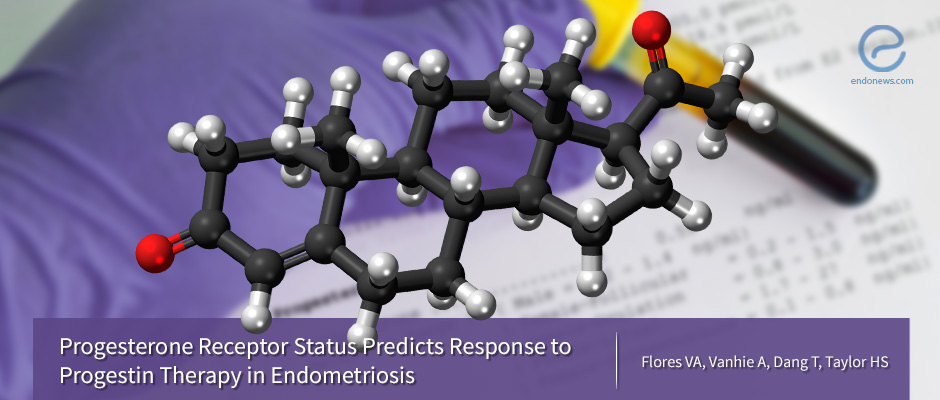 Serdar Balci, MD, Pathologist
Serdar Balci, MD, Pathologist
Serdar Balci, MD, Pathologist, is a graduate of Hacettepe University Faculty of Medicine, Turkey. He has completed postdoctoral research fellowship in Emory University, Atlanta, GA, USA. He has been working as a registered Anatomic Pathologist in Turkey. He is interested in surgical pathology, tumor classifications, quality assurance, and recent scientific news.
His international manuscripts could be reached at:
Google Scholar
CV
Pathophysiology of peritoneal endometriosis pain.
This article is an invited editorial by Ferrero S et.al. from IRCCS Ospedale Policlinico San Martino, Genoa, Italy, published in the Annals of Translational Medicine. The authors describe the pathophysiology and underlying mechanisms of pain in peritoneal endometriosis with reference to the article by Asally et al. in Molecular Neurobiology. Endometriosis may cause different symptoms depending on the location of the lesion. Endometriosis may be a superficial lesion or may infiltrate deeper into the organs. The exact mechanism of pain is still…
Key Points Lay SummaryPAX8 immunohistochemistry in the diagnosis of Extragenital Endometriosis
This study is performed by Arakawa T et al., from the University of Tokyo, Tokyo, Japan, and the results are published in Reproductive Sciences. Endometriosis is seen in many organs including peritoneum, ovaries, bowel, bladder, and even lung. Histopathologic diagnosis may be difficult when endometrial stroma is not evident and fibrosis is present. In these cases, the glands may be mistaken for a neoplastic process. For the differential diagnosis, pathologists are using ER (estrogen receptor), PR (progesterone receptor) expressions in the…
Key Points Lay SummaryClonal Proliferation and Cancer Associated Mutations in normal uterine endometrium and endometriosis
Suda et. al., from Niigata University, Japan, has published the article entitled "Clonal Expansion and Diversification of Cancer-Associated Mutations in Endometriosis and Normal Endometrium" in Cell Reports. There are many theories for endometriosis development (retrograde menstruation, coelomic metaplasia, Müllerian remnants), but none of them have been conclusively confirmed. Both in endometriosis without cancer and in endometriosis in continuity with cancer, there are many somatic mutations in endometriosis glands. These mutations, namely PTEN, PIK3CA, and ARID1A, are known to be common…
Key Points Lay SummaryA new theory in the pathogenesis of endometriosis
Koninckx et. al., from various countries, have conducted this review, which will be published in Fertility and Sterility. Endometriosis is known for a century. The disease has a variable course in a patient, which may include pain, infections, and infertility. There is also a known cancer risk. Although there are so many research on this disease, the exact pathogenesis is not clear. The genetic studies have given variable results. And the genetics of endometriosis is not yet clear. There are…
Key Points Lay SummaryDoes the presence of endometriosis increase the risk of gynecologic malignancies?
Endometriosis shares common risk factors with endometrial carcinoma and ovarian carcinomas such as obesity, type 2 diabetes, hyperestrogenism, and reproductive characteristics. Endometriosis is also known to be a risk factor for gynecologic malignant tumors. In this study, Li et.al. have reviewed the literature to clarify the association between gynecological cancer and endometriosis. This study is from Weifang Medical University, China, and will be published in Archives of Gynecology and Obstetrics. The authors, led by Dr. Sun, have reviewed the major literature…
Key Points Lay SummaryTargeted therapy biomarkers in endometriosis associated ovarian carcinomas
Endometriosis in ovaries is a known precursor of endometrioid and clear cell carcinomas. They may be resistant to classical therapies. Researchers search for alternative and targeted therapy options. This study, from the University of Campinas, Campinas, São Paulo, Brazil, will be soon published in Human Pathology. Barreta et al. searched for ARID1A and target therapies biomarker expressions. ARID1A is a protecting protein for the cells from becoming cancerous. If mutations occur in the ARID1A gene, its protein cannot be formed and cannot be detected…
Key Points Lay SummaryProgesterone Receptor Status in Endometriosis
Some patients do not respond to progesterone hormone therapy. In this study recently published in the Journal of Clinical Endocrinology and Metabolism, the authors led by Hugh S. Taylor from the Department of Obstetrics, Gynecology and Reproductive Sciences from Yale School of Medicine, New Havens, Connecticut, try to identify the reason behind this variation. Progesterone shows its effect when it binds to its receptor, which is located in the nucleus of the cells. If progesterone receptor levels are high, the…
Key Points Lay Summary





